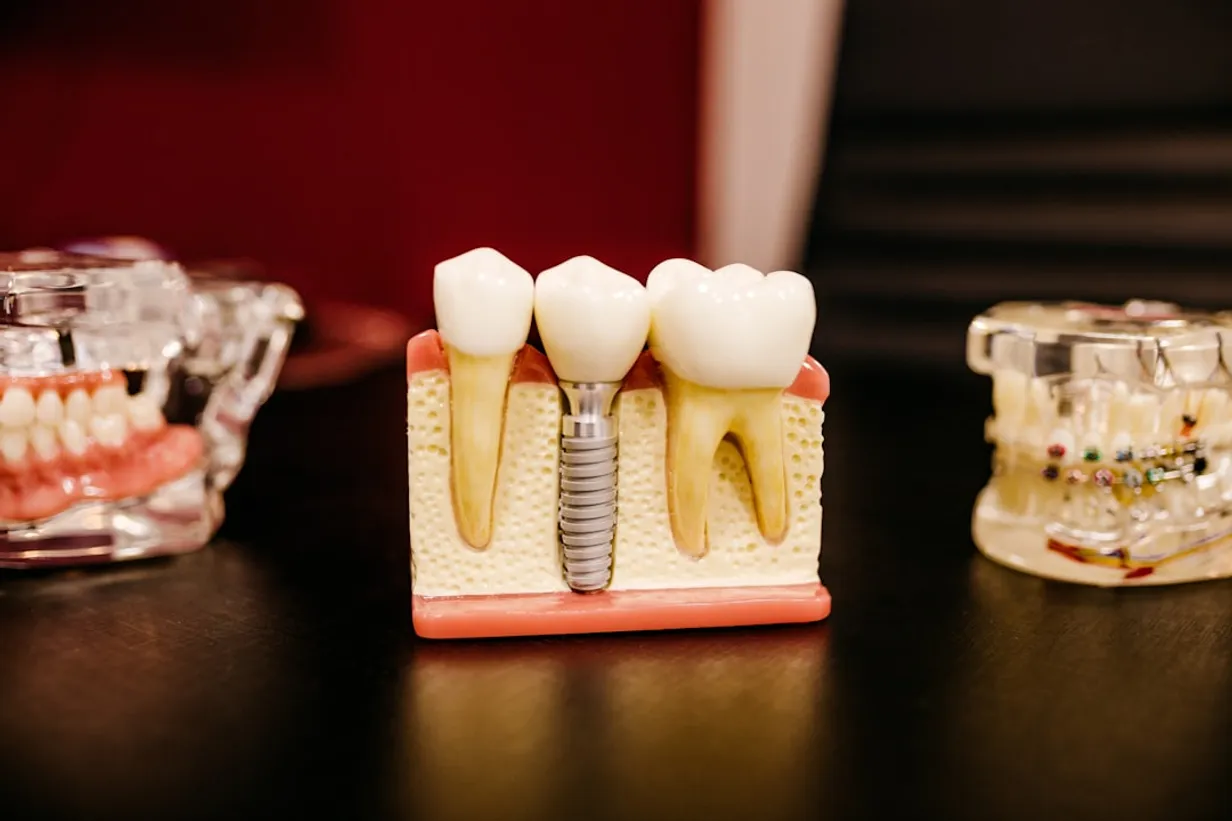
The Role of Ambient Environment in Dental Practices
Creating a relaxing and inviting atmosphere is crucial in dental environments where patients may feel anxious or stressed. While natural elements are often used to boost the mood and create a calming effect, artificial plants can serve as an excellent alternative, ensuring both safety and an enhanced aesthetic experience.
Why Choose Artificial Over Real Plants?
Allergy Prevention
One of the primary concerns with real plants in dental settings is the potential risk of triggering allergic reactions among patients and staff. Pollen, spores, and mold that can accumulate in plant soil might exacerbate allergies or respiratory issues. Artificial plants eliminate this risk, offering a hypoallergenic alternative that doesn't compromise on visual appeal.
Low Maintenance and Cost-Effectiveness
Unlike real plants, artificial ones require minimal maintenance. This means less staff time dedicated to watering, pruning, and pest control, reducing the likelihood of water spills, and plant-related accidents. Investment in high-quality silk or plastic plants can be cost-effective over time, avoiding the need to replace them regularly due to wilting or decay.
Enhancing Safety through Design
Non-Toxic Materials
Many artificial plants are made from non-toxic, safe materials that pose no health hazards. When selecting faux greenery, ensure that they are free from harmful chemicals and meet safety standards, further enhancing the wellbeing of patients in the practice.
Fire Safety
Artificial plants made from fire-resistant materials can contribute to overall safety protocols in a dental office. Unlike real greenery which can dry out and become a fire hazard, flame-retardant artificial plants provide a worry-free option for maintaining a tranquil setting.
Improving Patient Experience and Psychological Comfort
The presence of greenery, even if artificial, can improve patient well-being and reduce the perceived clinical nature of dental practices. Faux plants offer versatility in design, allowing them to be incorporated into various decorative themes suitable for both adult and pediatric dental settings. Strategic placement of these plants can create a welcoming ambiance, potentially minimizing patient anxiety.
Conclusion
Integrating artificial plants into dental practice spaces is a strategic choice that marries aesthetic appeal with safety and practicality. By opting for artificial greenery, dental clinics can maintain an environment that is both inviting and compliant with health standards, ultimately enhancing the overall patient experience.
Popular Oral Health Articles
Explore the articles our readers find most helpful, ranging from basic dental care tips to advanced oral health topics.






